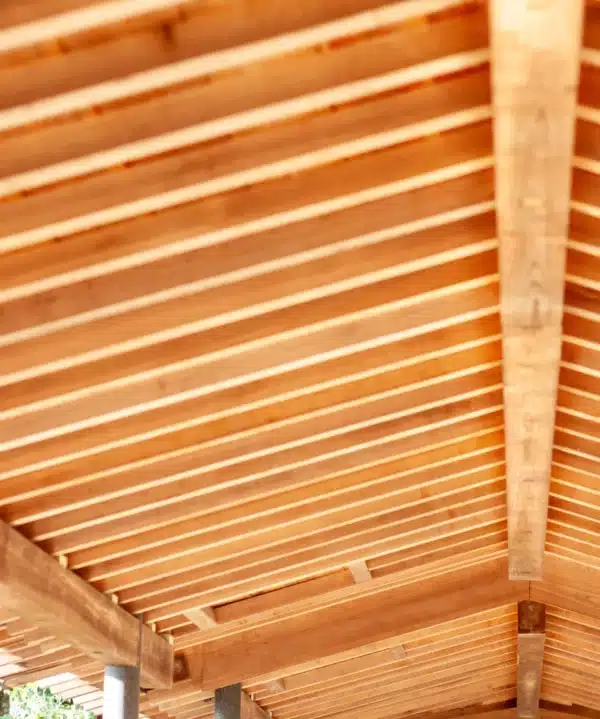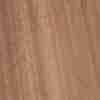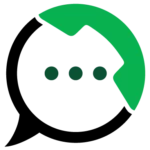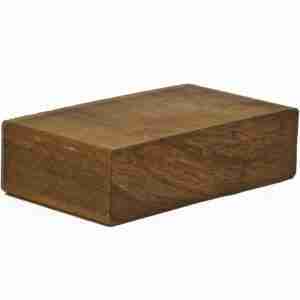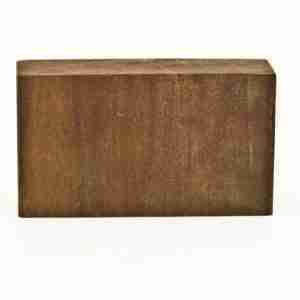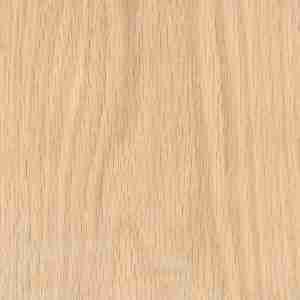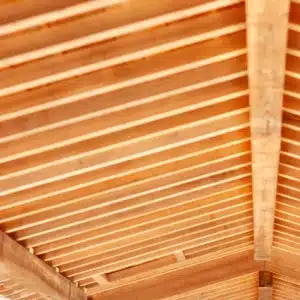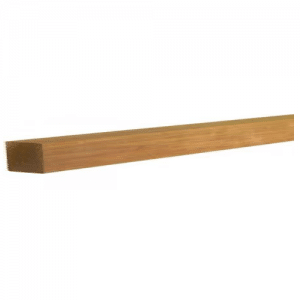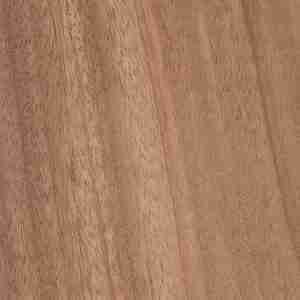Amazing Cypress Wood
by Brazilian Lumber
Wondering about one of the longest-lasting species: Cypress Wood. It is known as the “wood eternal.” It has a naturally occurring oil called cypressine that repels insects and prevents decay. Cypress wood is very versatile and can be used both for interiors and exteriors.
For interiors, Cypress wood is often used as trim and to make cabinets. Because cypress wood is termite resistant, it is valuable for use in construction such as house building boats, river piling, siding, shingles, flooring, outdoor furniture, greenhouses, and outdoor structures.
Brazilian Lumber – #1 Tropical Hardwood Supplier in Miami
At Brazilian Lumber, we have all the decking materials, fasteners, accessories, and trims you need for your decking project. We also offer amazing tropical hardwood, composite alternatives, artificial turf & ivy, and interior flooring. Please let us know if you need help locating the instructions or return policies, and we will readily assist you.
Description
LET’S GET YOU THE BEST DEAL
Brazilian Lumber is the Best Hardwood Supplier in Miami
CYPRESS WOOD INFORMATION
What is Cypress Wood?
Cypress wood refers to the lumber obtained from the cypress tree, particularly from species belonging to the Cupressaceae family. It is a type of softwood commonly used in various construction and woodworking applications.
Cypress wood is known for its durability, natural resistance to decay, and appealing aesthetic qualities.
Although Cypress is often incorporated into exterior construction, its warm, soft golden appearance makes it a popular interior paneling and trim choice.
Is Cypress a Hardwood or Softwood?
Cypress is considered softwood but with several qualities of hardwood. It is strong like hardwoods such as Maple and Ash but is light like pine wood. For that reason, it is easy to work with Cypress, like most softwoods are.
Cypress Wood Source
Cypress trees are native to various regions around the world. They can be found in both temperate and subtropical climates. The Bald Cypress (Taxodium distichum) is native to the southeastern United States, particularly in swampy areas of the Gulf Coast region and along the Mississippi River. It is a prominent tree species in states like Louisiana, Florida, and Georgia.
Cypress Wood 4 Best Characteristics
1. Stability: Cypress wood is very stable, meaning it is not prone to common problems such as splintering, cracking, warping, or splitting.
2. Durability: Cypress wood is known for its exceptional durability due to the fact that it has natural oils and resins that make it resistant to decay, rot, and insect damage.
3. Moisture Resistance: This wood has a natural resistance to moisture. It can withstand water exposure, making it suitable for applications in humid or wet environments.
4. Decay Resistance: The natural oils and resins in cypress wood contribute to its resistance to decay. This characteristic makes cypress wood a long-lasting option, particularly in environments
where moisture and fungi may cause deterioration in other types of wood.
5. Color Range: Pale yellow to yellowish red, often salmon-colored.
Cypress Wood Applications
Cypress wood has various uses and applications due to its desirable characteristics. Here are some common services of cypress wood:
• Siding: Cypress wood is used for siding because it’s naturally rot-resistant. Siding cypress has a warm reddish-amber color, often sought after due to its natural appearance. The color will be lost over time if it isn’t properly protected against sunlight.
• Ceiling: Cypress is a great roofing option due to its resistance to insects, harsh weather, water, and shrinkage. Nails and screws are also less likely to bend, break, or split the wood when attaching to the side or roof of the house.
• Paneling: Paneling made out of cypress is used in houses because of the pleasing, compact grain pattern and the rich golden color of the wood. Cypress also takes stains, oils, and sealers well, making it a versatile option for wall coverings.
• Decking: Cypress is used for decking because it is a very durable and weather-resistant wood. It is easy to work with and can be machined and planned to achieve a perfect fit.
• Docks & Piers: Its shrinkage, twisting, and warping are minimal, making it a great choice for building boat docks and piers. With proper maintenance, the wood can last over 40 years.
• Furniture: Cypress wood is popular for crafting furniture, including tables, chairs, cabinets, and outdoor applications. Its durability and attractive grain make it a favored choice for indoor and outdoor areas.
• Flooring: Cypress wood flooring provides a rustic and elegant look to interior spaces. Its natural resistance to rot and its ability to withstand high traffic make it a suitable choice for flooring applications.
• Millwork and Trim: Cypress is used for millwork, trim, and molding due to its straight grain, ease of machining, and ability to hold finishes well. It adds a touch of sophistication to interior spaces.
• Boat Building: Cypress is known for its water resistance, making it a suitable choice for boat building and marine applications such as boat decks, hulls, and interior cabinetry.
• Outdoor Crafts: Cypress wood is used for crafting outdoor structures such as birdhouses, garden structures, and decorative items like trellises and planters.
Top 3 Grades of Cypress Wood
Cypress is available in three grades. 1. Select, which is virtually clear of knots. 2. #2 is a knotty grade and is the least expensive grade, and 3. Pecky Cypress.
• “Select” grade is almost free of knots and is a perfect option for applications where the highest quality material is required. If numerous knots are acceptable.
• “#2” grade is a more affordable and equally beautiful alternative.
• “Pecky” is a popular type of cypress where a fungal attack on an older tree gives the appearance of wormholes.
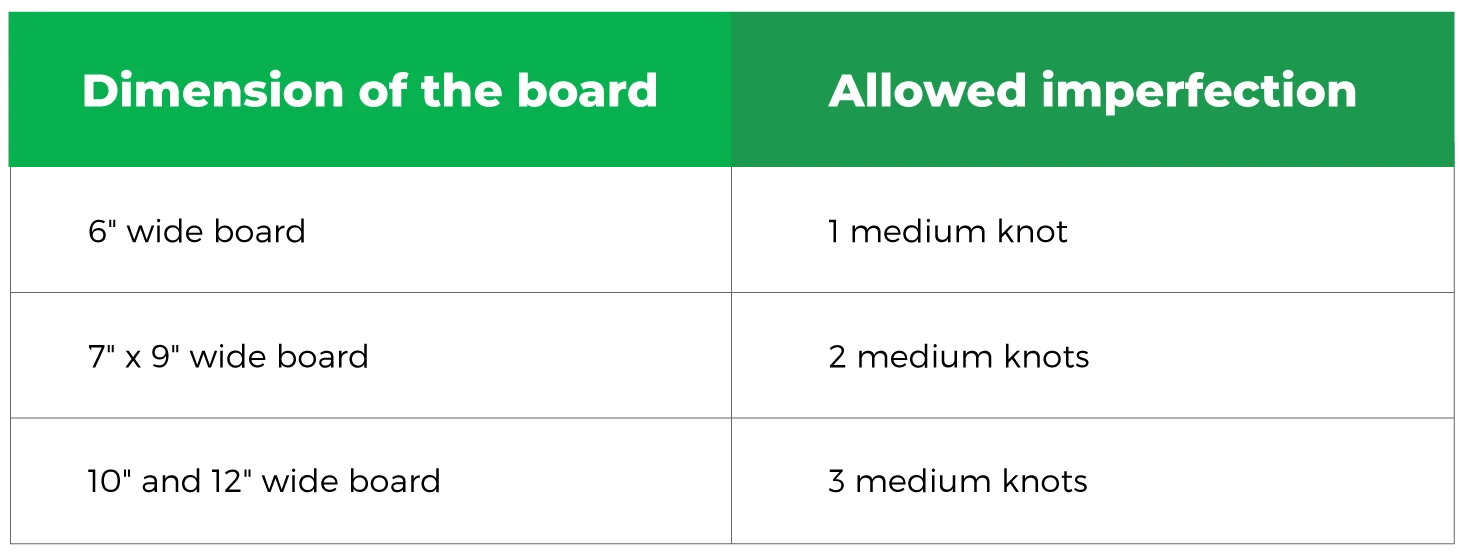
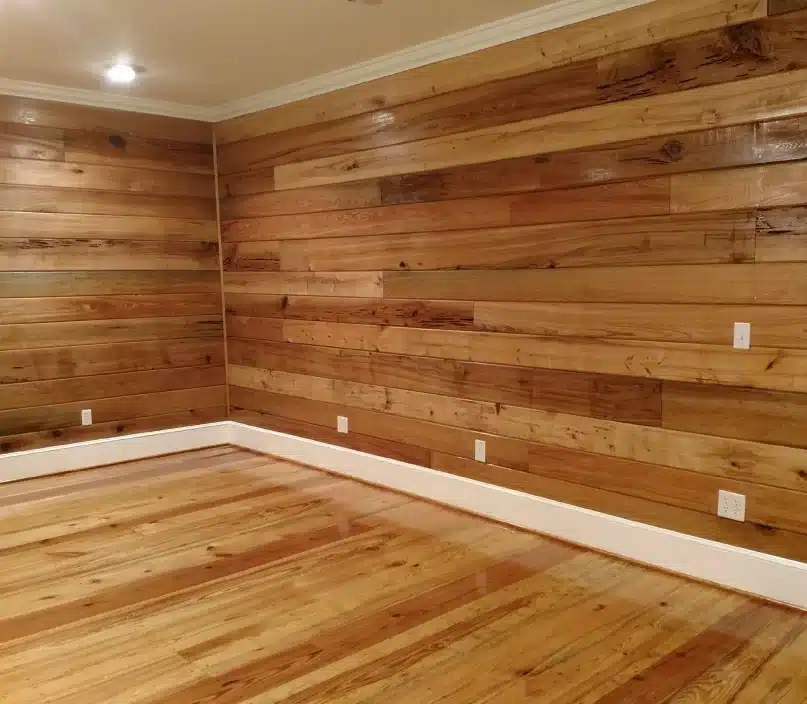
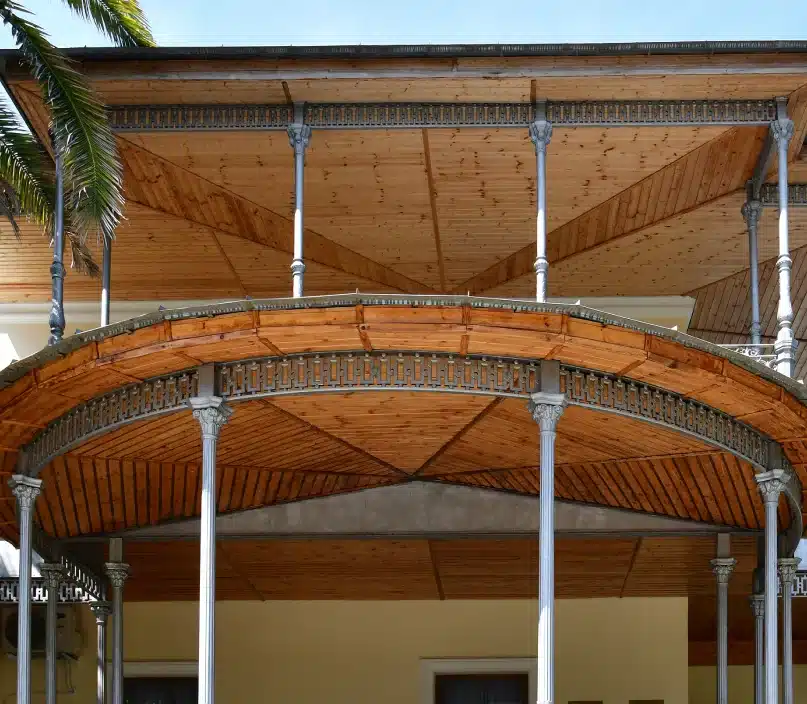
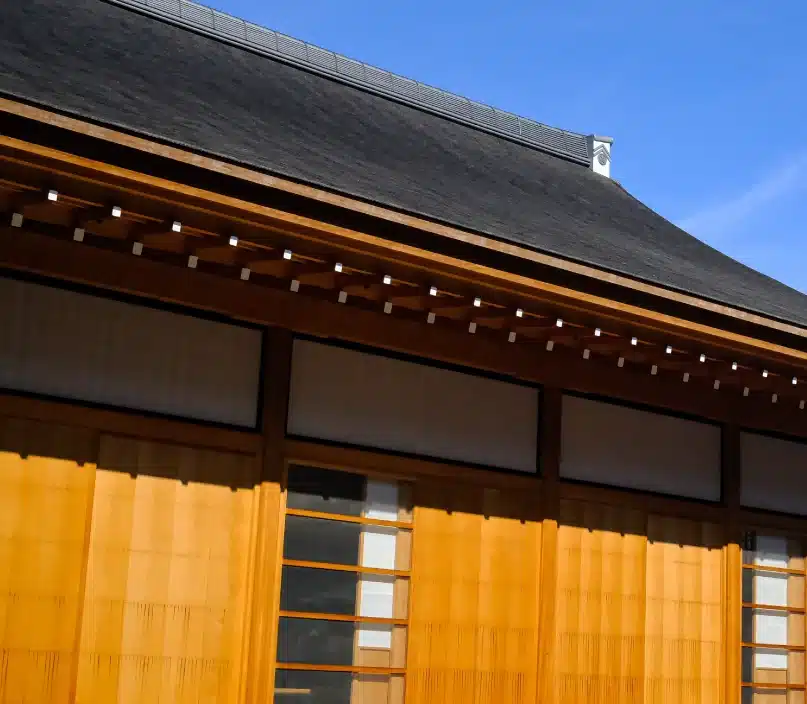
CYPRESS WOOD TECHNICAL INFORMATION
Species: Taxodium distichum.
Other Names: Cypress, Baldcypress, Peggy cypress, pecky cypress. Cypress Origin: United States (Louisiana, Kentucky, Delaware, Texas, Missouri, Mississippi, Arkansas, Georgia, Florida, Tennessee, North Carolina, South Carolina, Maryland, Illinois, Alabama,
Oklahoma, Indiana, Virginia).
Appearance: The appearance of cypress varies depending on the tree’s location. It has a light, yellow-brown color, with some boards having streaks of darker color and straight grain. Suppose the cypress was near water, such as lakes and ponds.
In that case, the tree often develops” knees” along the water’s edge, making the boards more interesting. Cypress that fungi have attached has interesting wholes and spots and is called pecky cypress.
Tree Size: 80-120 ft (24-37 m) tall, 3-5 ft (1-1.5 m) trunk diameter.
Average Dried Weight: 32 lbs/ft3 (515 kg/m3).
Specific Gravity (Basic, 12% MC): .42, .51.
Janka Hardness: 510 lbf (2,270 N).
Modulus of Rupture: 10,600 lbf/in2 (73.1 MPa).
Elastic Modulus: 1,440,000 lbf/in2 (9.93 GPa).
Crushing Strength: 6,360 lbf/in2 (43.9 MPa).
Shrinkage: Radial: 3.8%, Tangential: 6.2%, Volumetric: 10.5%, T/R Ratio: 1.6.
Drying Guidelines: Cypress should be kiln-dried to 10-12 percent moisture content. The SCMA suggests equalizing the EMC in the kiln to 11 percent to dry the wettest pieces without over-drying the driest parts.
This means the driest piece should be at most 11 percent MC. The same guidelines can apply to air-drying cypress, which may take several months, depending on local weather conditions.
In any case, the moisture contents outlined above should be followed to minimize concerns about splitting, warping, and other potential failures related to excess moisture.
Workability: Cypress is easy to work with, and one can glue, nail, and screw to finish it. Both hand tools and machine tools can be used without a problem, but sharp cutters are recommended to avoid tearing out.
Maintenance: For interior cypress, washing with mild soap, water, or wood soap is enough. It can also be buffed and polished with any wood furniture polish. More maintenance is required for exteriors, especially vertical applications such as siding and paneling because cypress will discolor, mildew, and stain.
It will continue extractive bleeding in the places where the cypress is nailed or screwed. This is due to contact with water. Black streaks will appear down from the screws or nails.
Regularly brushing it off with a natural bristle brush and soap and water will prevent such stains from penetrating the wood.
Preservation: Regularly washing the cypress, mainly where it has nails and screws, will prevent black streaks from forming. A water-repellent sealer with a mildew inhibitor can also increase the lifespan of cypress.
Sustainability: The Convention on International Trade in Endangered Species of Wild Fauna and Flora (CITES) does not list cypress in its appendices.
The International Union for Conservation of Nature’s Red List of Threatened Species (IUCN) lists cypress as a species of the slightest concern. Cypress overgrows on its own and does not need to be planted.
From 8 -24 feet in the following dimensions:
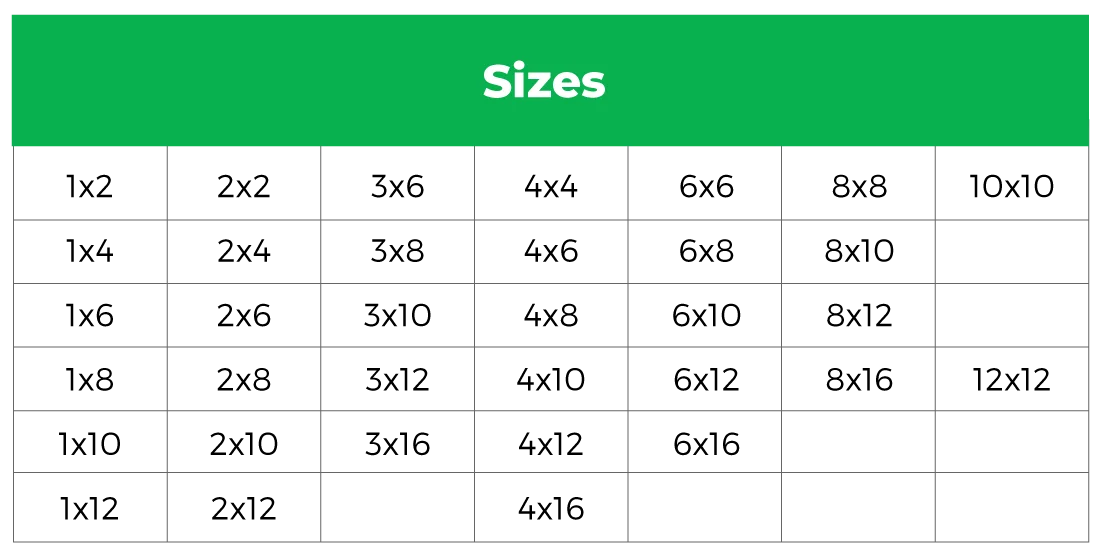
Please call us for the latest prices. We would be glad to confirm your order and make payment arrangements. Orders can be shipped directly to your home or job site. Please phone or email if you have freight questions. Call for pricing and availability. 1-877-606-3306


